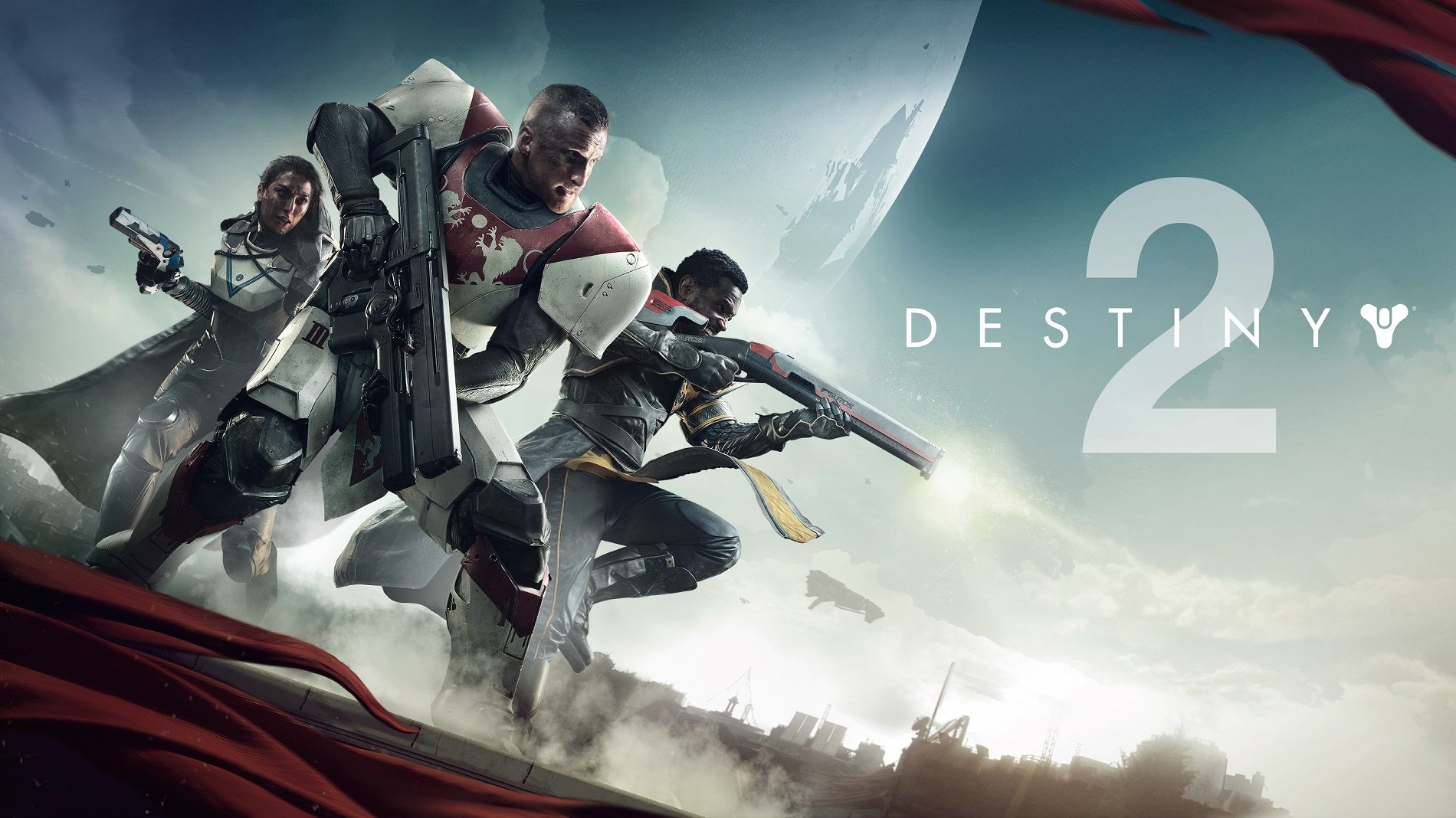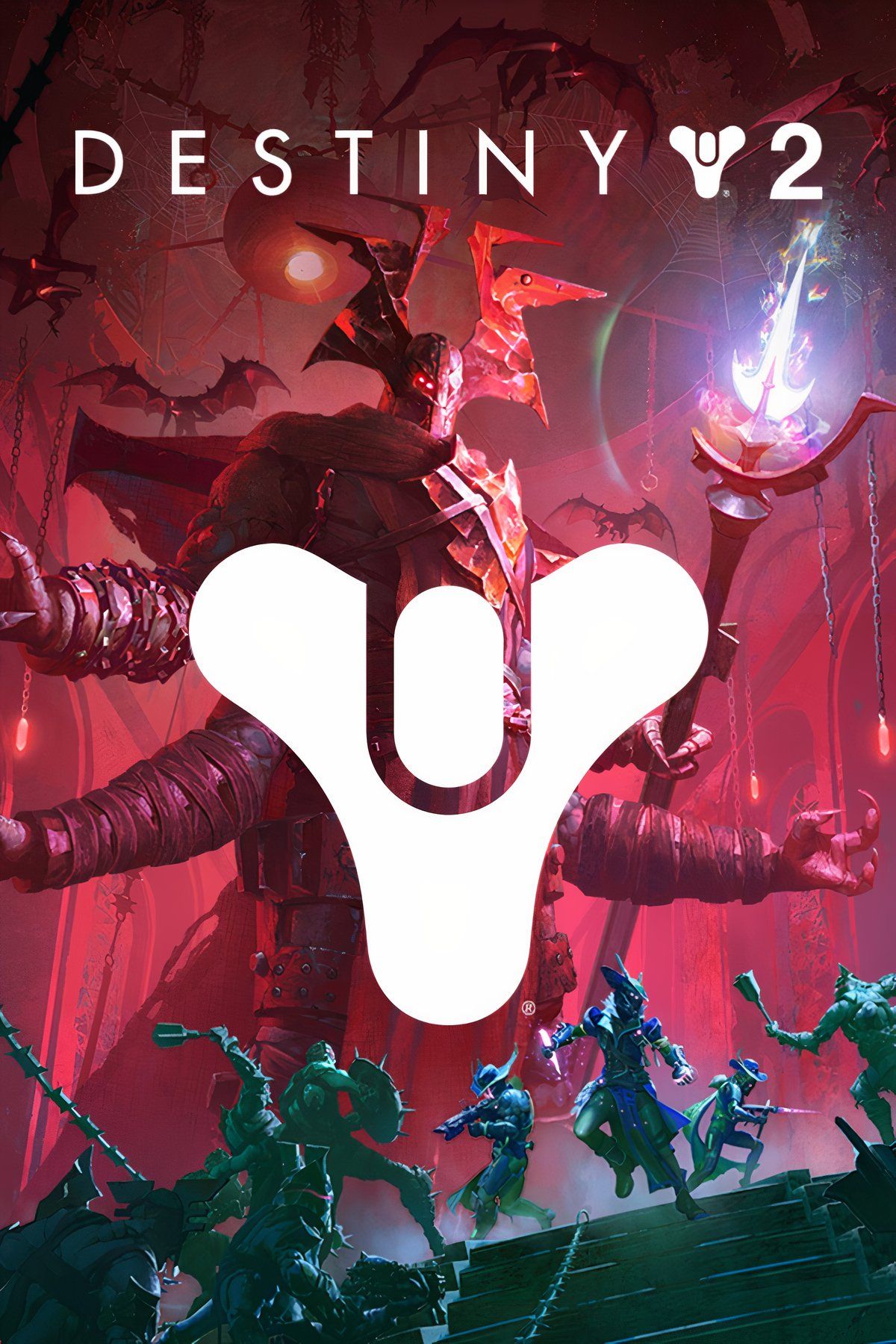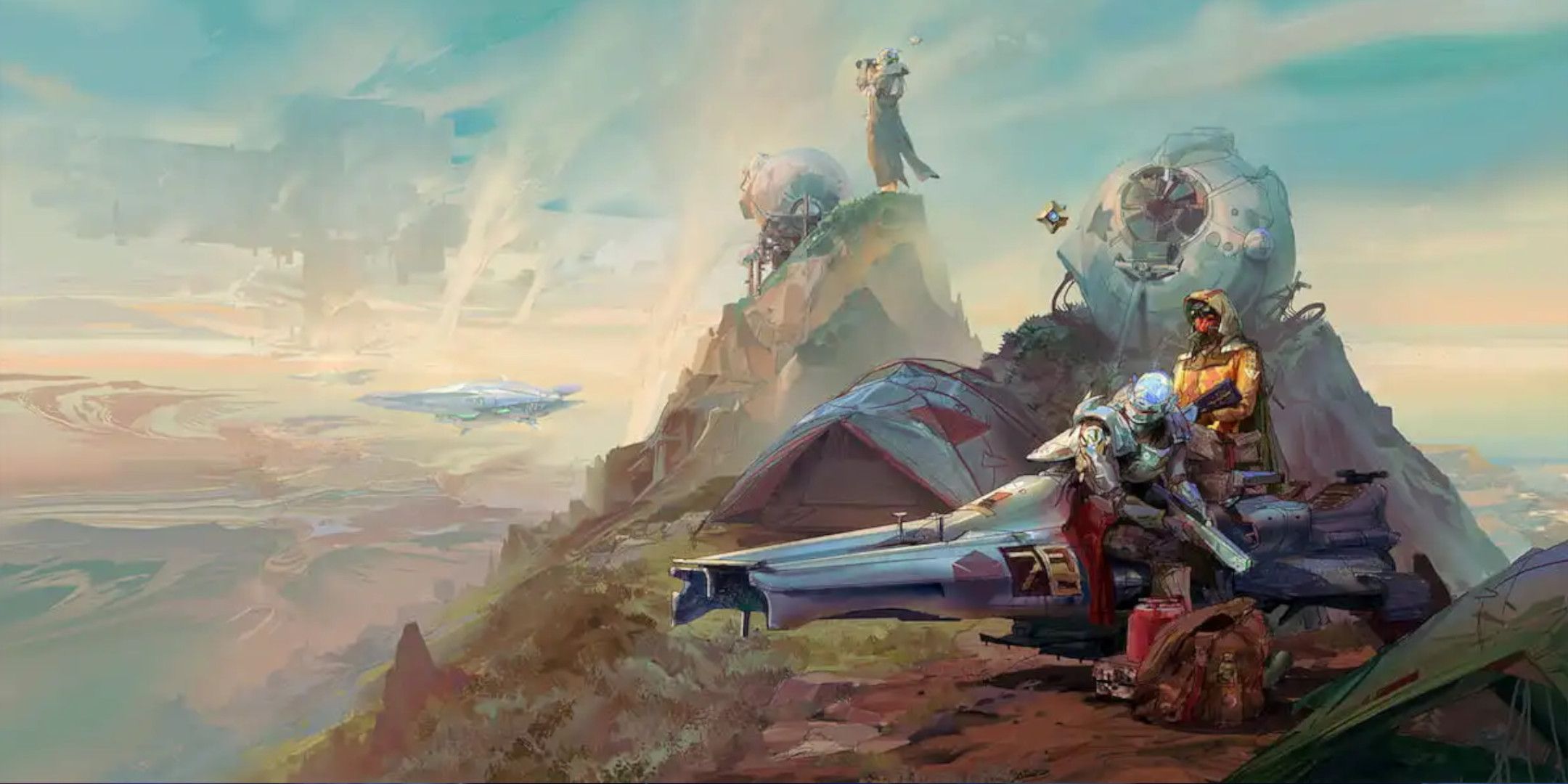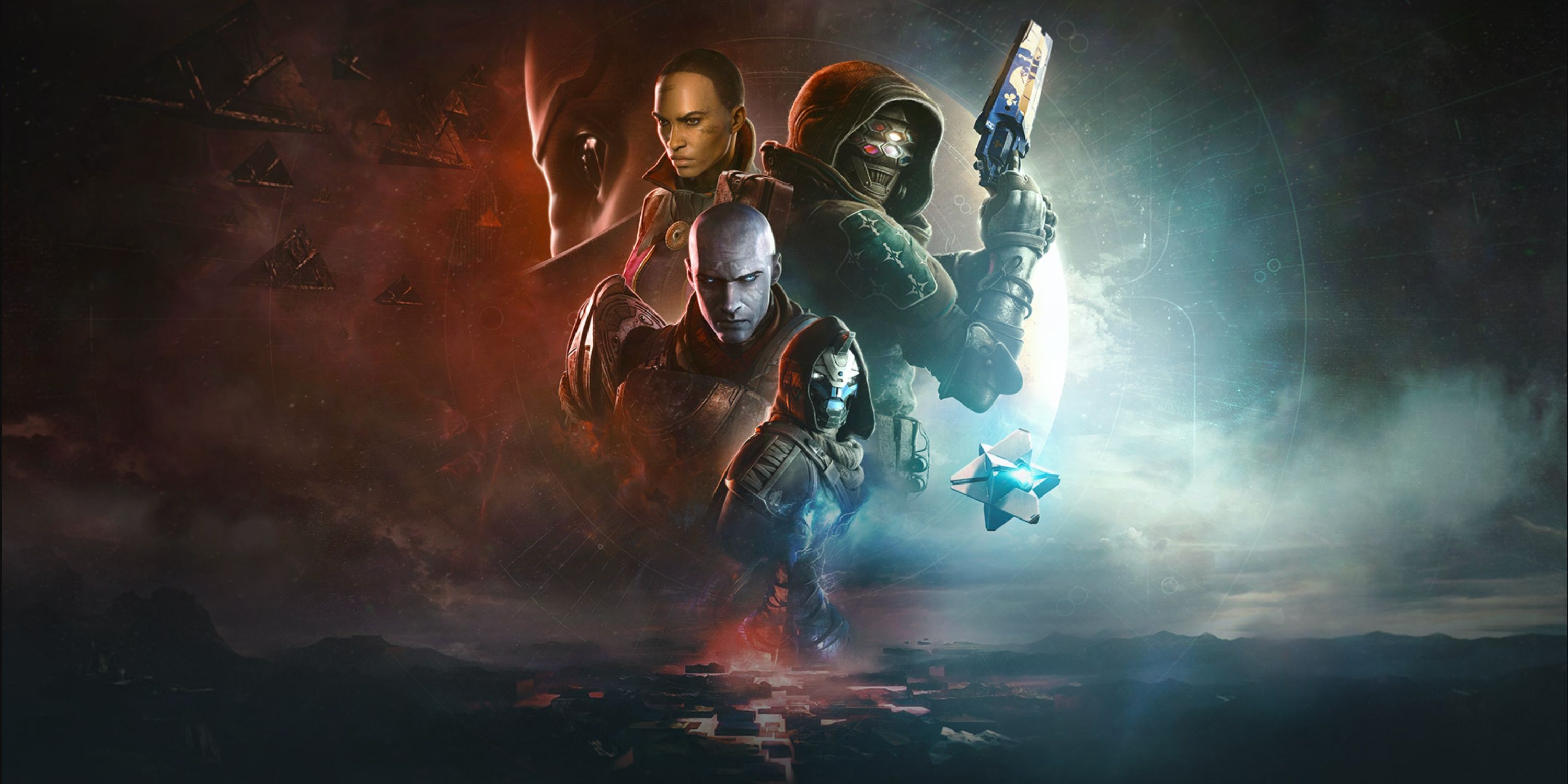Predicting the imminent doom of Destiny 2 might be the biggest cliche its players participate in (that or complaining about Crucible). Every expansion has represented a ‘make or break’ moment for the future of the franchise going all the way back to Forsaken in 2018.
Every year Bungie has something to prove, something to fix, and has to find a way to keep its outrageously expensive juggernaut successful and popular. Games like Fortnite seem too big to fail, Destiny has always felt too big to succeed.

Related
Destiny, World Of Warcraft And The Games Players Say They Quit After 1,000 Hours
Listen, we’ve all been here before.
Against all odds, Destiny not only made it to The Final Shape, wrapping up the first ten years of its universe-spanning story, the expansion knocked it out of the park. The Final Shape was the perfect ending to the Light and Darkness Saga, and for many, the end of their time with Destiny. With the game dramatically changing and seemingly scaling back this year, it’s time to ask, once again, if Destiny has what it takes to survive.
Destiny 2 Is Changing In 2025
After the release of the Final Shape last year – and following another round of mass layoffs at the company – Bungie revealed that it will no longer release annual expansions for Destiny 2. In their place will be two smaller semi-annual expansions. Instead of seasons or episodes, each mini-expansion will get two major content updates. The first expansion, Codename Apollo, launches this summer and features a non-linear story with Metroidvania and roguelike mechanics.
We don’t yet know what the scale of these expansions will actually be. They will have new destinations, new raids, and new weapons just like the old expansions, but what exactly that looks like, we’ll just have to wait and see. The closest comparison we have would be Year 1’s Curse of Osiris and Warmind expansions – let’s hope Apollo is nothing like those.
This new structure could greatly benefit the game. Getting rid of a stale and predictable content release schedule might refresh the game and give the devs a new creative license, but it’s hard to be optimistic about the future of Destiny when looking at the big picture.
How Close Is The End?
Between the layoffs, workplace misconduct allegations, reports that Sony is planning to take more control over the company, its focus on developing Marathon, and the simple fact that The Final Shape gave exhausted players an easy off-ramp, there are so many reasons to look at this new structure and see it as Destiny winding down, rather than revving back up for the next big thing.
While I understand annual expansions were unsustainable and unprofitable, they did succeed in keeping Destiny in the conversation every year. Players expected big things from each expansion, and Bungie typically delivered. The excitement around them enticed non-Destiny players to check out the game. Will the new mini-expansions entice new and returning players back into Destiny now that The Final Shape has come and gone? It’s hard not to think of the MCU’s struggle to find its direction after Avengers: Endgame.
It feels like Destiny 3 is the only thing that can get the series back on its feet now, but everything we’ve heard about Bungie over the last year indicates that that isn’t happening. This will be Destiny 2’s most challenging year yet, and I won’t be surprised to see headlines about its continuously shrinking player base. It’s no longer a question of whether or not Destiny can bounce back, and it’s a question of how long Bungie can afford to keep making content for it as its audience gets smaller and smaller.

Played by millions worldwide across several platforms, Destiny 2 is a free-to-play first-person shooter that brings something new to the MMO space. Here you’ll find the latest news, guides, and features on Bungie’s constantly expanding sequel.













Leave a Reply